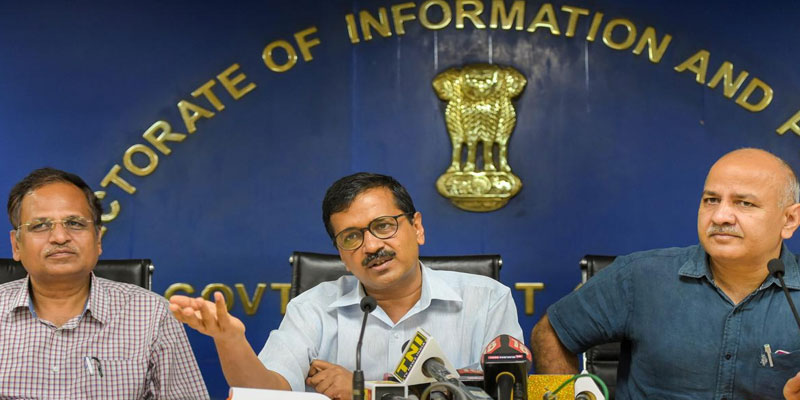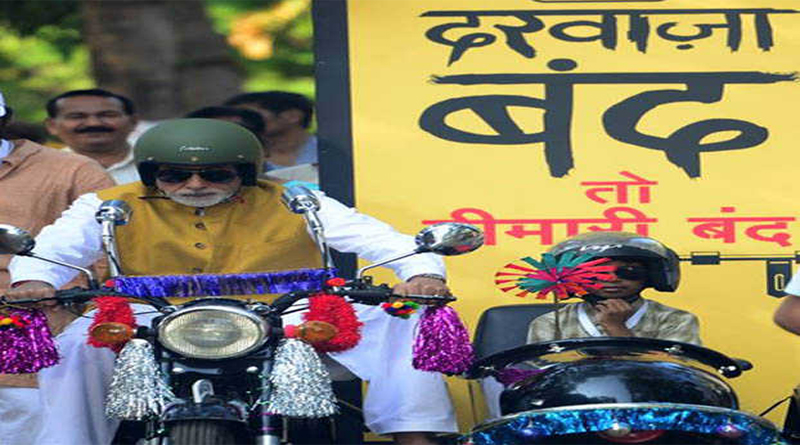Allegations of inflated costs, procedural violations and political corruption cast a shadow on AAP-era infrastructure project
A Project Meant to Empower, Now Under Scrutiny
The Delhi classroom construction initiative was initially hailed as a transformative step for public education under the Aam Aadmi Party (AAP) government, aiming to build over 12,000 classrooms to alleviate overcrowding in government schools. However, the project has now come under serious scrutiny after allegations of financial irregularities to the tune of ₹2,000 crore.
The Delhi Anti-Corruption Branch (ACB) filed an FIR in April against former Delhi ministers Manish Sisodia and Satyendar Jain, accusing them and several private contractors of gross mismanagement and corruption. This prompted the Enforcement Directorate (ED) to initiate a money laundering investigation under the Prevention of Money Laundering Act (PMLA).
ED Cracks Down: 37 Locations Raided
On Wednesday, ED officials conducted raids at 37 premises linked to contractors and private entities allegedly involved in the scam. These raids covered suppliers, infrastructure consultants, and firms awarded contracts for the classroom project.
Though the ED has not officially confirmed targeting any political leaders in these raids, sources say the investigation is directly linked to the ACB’s FIR, which named Sisodia and Jain—two of AAP’s most influential leaders in the previous government.
Sisodia had held the Finance and Education portfolios, while Jain managed the Public Works Department. Both have already faced arrest and charges in separate money laundering and corruption cases related to Delhi’s liquor policy and hawala dealings, respectively.
The Core of the Allegations
The ACB's complaint, reportedly based on a Central Vigilance Commission (CVC) report, alleged massive cost inflation. While the average estimated cost of building one classroom under standard norms is around ₹5 lakh, the actual expenditure allegedly ballooned to ₹24.86 lakh per room.
The total project cost reached ₹2,892 crore, and 34 contractors were reportedly awarded tenders—many of whom allegedly had connections with AAP leaders. Moreover, the construction used semi-permanent structures (SPS), which typically last 30 years, but were billed at costs comparable to more durable RCC structures.
Further violations included:
· Appointment of consultants and architects without open tendering or competitive bidding.
· Bypassing key clauses of the CPWD Works Manual 2014, General Financial Rules 2017, and CVC guidelines.
· Suppression of the CVC’s Chief Technical Examiner (CTE) report, which flagged these discrepancies, for nearly three years.
Political Reactions and Defenses
AAP has dismissed the ED and ACB actions as politically motivated, accusing the BJP-led central government of misusing investigative agencies to target opposition leaders. They argue that the classroom project significantly improved Delhi’s public education infrastructure and deny any wrongdoing.
Meanwhile, BJP leaders like Kapil Mishra and Harish Khurana have called for strict legal action and accountability, citing the long-standing complaint they filed in 2019.
A Litmus Test for Transparency in Governance
The Delhi classroom construction probe presents a crucial test—not only of the legal system’s ability to expose and address large-scale corruption but also of public trust in governance reforms. While improving education infrastructure is vital, it must be done with transparency, accountability, and adherence to norms.
If proven, the alleged ₹2,000 crore misappropriation would mark one of the most significant education-related scams in India. Conversely, if the case lacks evidence and is revealed to be a political vendetta, it could weaken faith in institutional independence.
In either scenario, the people of Delhi—and the nation—deserve clear answers, not just political blame games.
(With agency inputs)






















